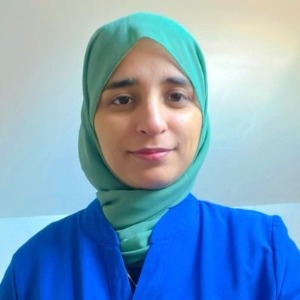Angioplasty
Angioplasty is a medical procedure that has revolutionized the treatment of cardiovascular conditions, offering a minimally invasive approach to address narrowed or blocked arteries. During angioplasty, a catheter with a deflated balloon is threaded into the affected blood vessel, typically through the femoral artery. Once in position, the balloon is inflated, compressing the plaque or fatty deposits against the arterial walls and restoring blood flow. In some cases, a stent, a small mesh tube, is placed to keep the vessel open. This procedure is commonly used to treat coronary artery disease, helping alleviate symptoms such as chest pain and improving overall cardiac function. Angioplasty has significantly reduced the need for more invasive surgeries and has become a cornerstone in the field of interventional cardiology, providing patients with a less traumatic and more efficient means of managing cardiovascular issues.

Shuping Zhong
University of Southern California, United States
Ahdy Wadie Helmy
Indiana University School of Medicine, United States
Federico Benetti
Benetti Foundation, Argentina
Ishan Abdullah
George Washington University School of Medicine and Health Sciences, United States
Sana Tariq
Manchester University NHS Foundation Trust, United Kingdom
Achi Kamaraj
Royal Brisbane and Women’s Hospital, Austria



Title : Historical evolution from OPCAB to MIDCAB to mini OPCAB surgical technique and results
Federico Benetti, Benetti Foundation, Argentina
Title : Fats of Life, the skinny on statins and beyond !
Ahdy Wadie Helmy, Indiana University School of Medicine, United States
Title : Novel ways of cardiovascular risk assessment
Syed Raza, Awali Hospital, Bahrain
Title : Study of pathological cardiac hypertrophy regression
Shuping Zhong, University of Southern California, United States
Title : Personalized and Precision Medicine (PPM) and PPN-guided cardiology practice as a unique model via translational applications and upgraded business modeling to secure human healthcare, wellness and biosafety
Sergey Suchkov, N. D. Zelinskii Institute for Organic Chemistry of the Russian Academy of Sciences, Russian Federation
Title : Atypical takotsubo cardiomyopathy presenting as st-elevation myocardial infarction
Sana Tariq, Manchester University NHS Foundation Trust, United Kingdom